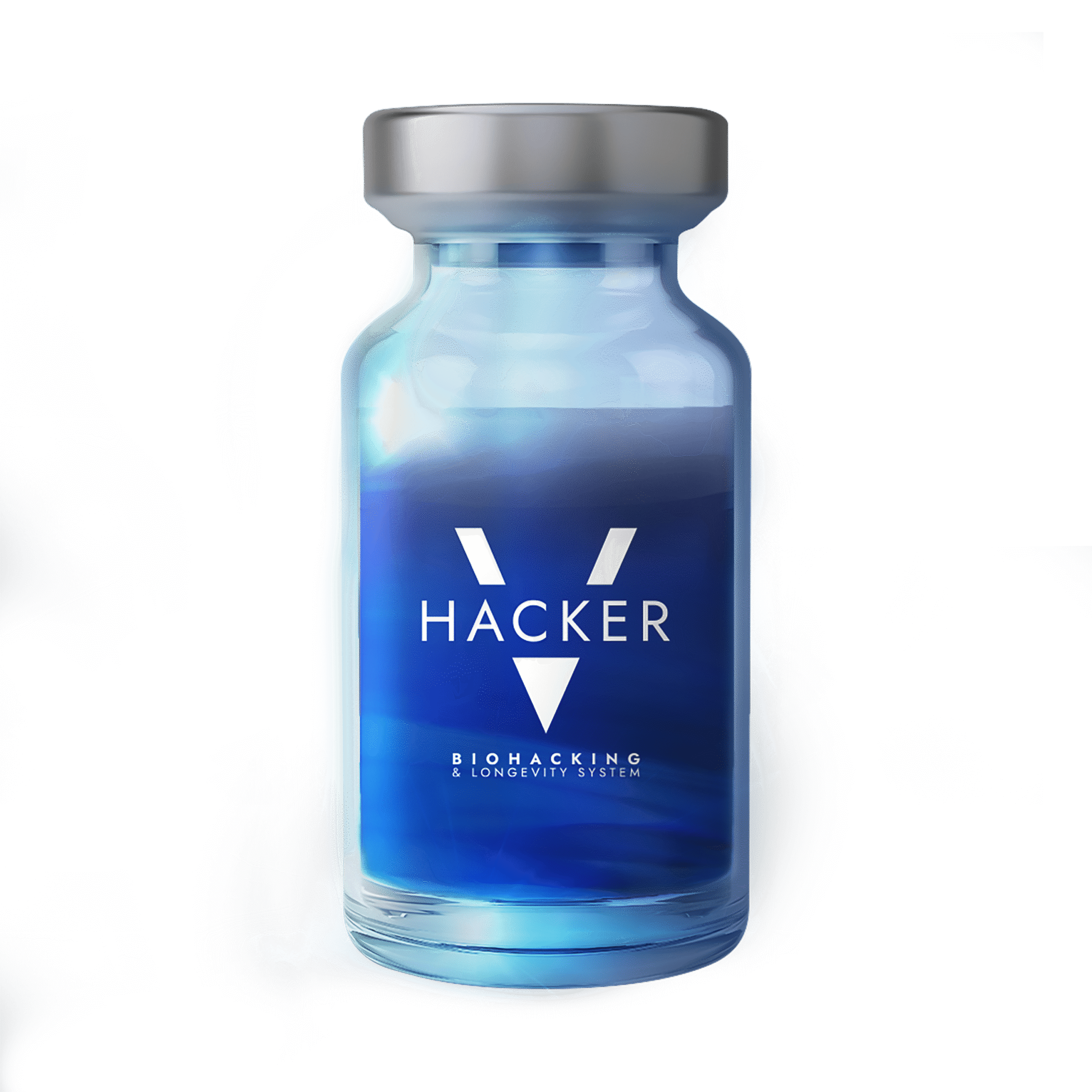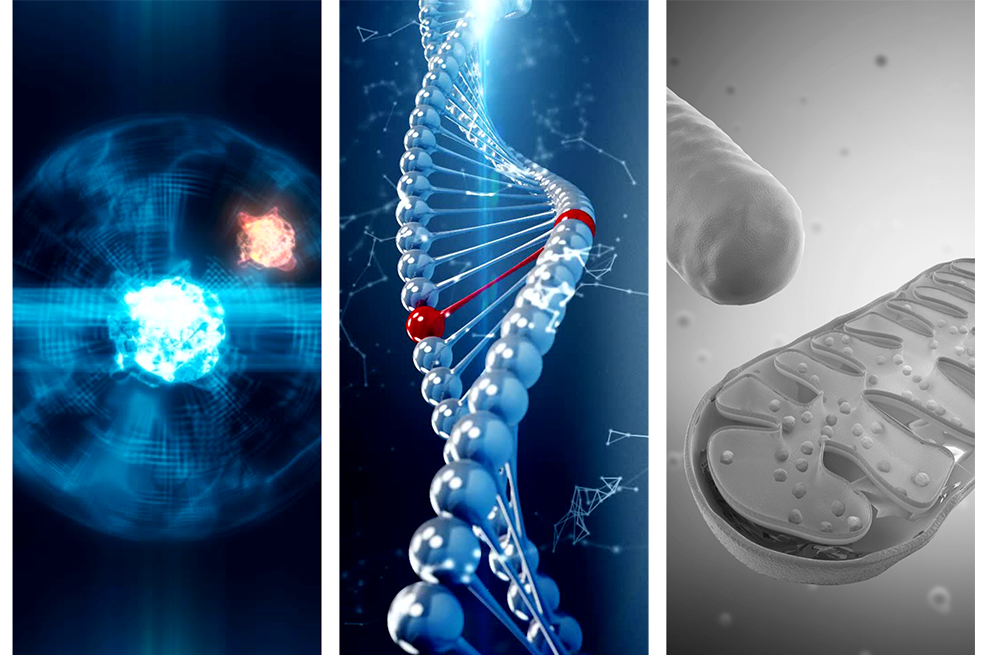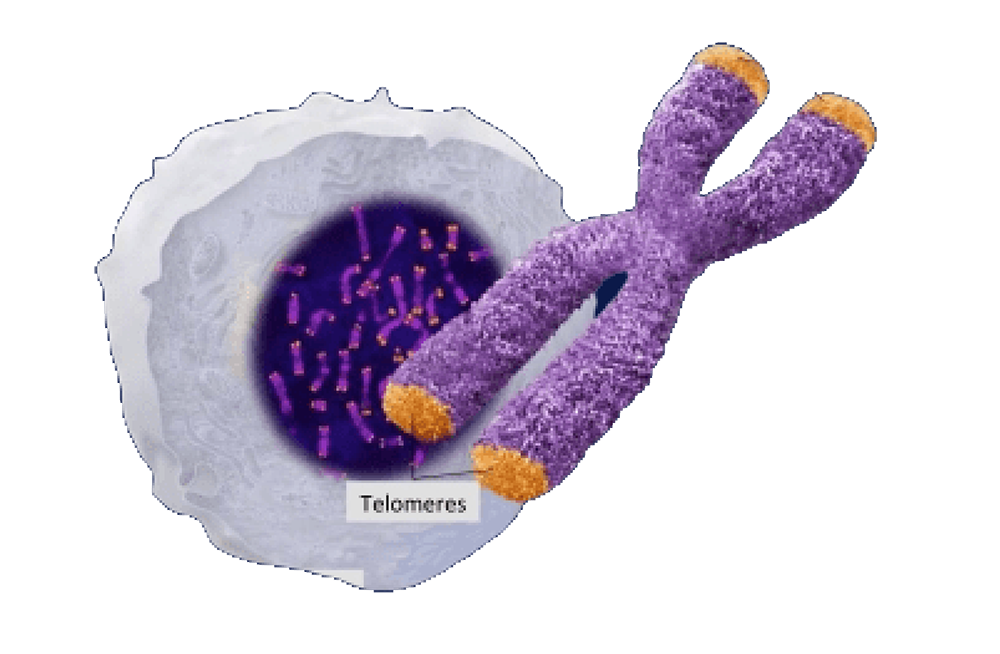
V-HACKER
Timeless skin, engineered by longevity science
The ultimate Biohacking formula:
A next-generation biorestructuring formula that revitalizes, firms, and extends skin longevity for a radiant, youthful glow.
Longevity:
Skin longevity goes beyond simply fighting visible signs of aging, it’sabout nurturing and optimizing skin health at a cellular level to ensure the skin can continue to function effectively as we age.
Biohacking:
In the beauty and aesthetics field, biohacking the skin means leveraging cutting-edge ingredients and advanced treatments to enhance skin health, reverse aging, and optimize cellular function.

Why V-HACKER?
Just as hackers modify and optimize information within a computer system, V Haker works at the cellular level of the skin, improving and optimizing cellular information to produce global rejuvenation.
By leveraging advanced scientific techniques,V Haker "hacks" the skin’s natural processes, stimulating cellular regeneration, enhancing collagen synthesis, and combating signs of aging. Like an upgrade to a system, it helps restore youthful vitality, firmness, and radiance to the skin.
NAD+

NAD (Nicotinamide Adenine Dinucleotide) is a crucial coenzyme found in all living cells. It plays a key role in cellular metabolism, energy production, and DNA repair. NAD exists in two main forms: NAD⁺ (oxidized form) and NADH (reduced form).
Energy Production: Essential for ATP synthesis in mitochondria.
DNA Repair: Supports sirtuins and PARPs, enzymes involved in cellular repair and longevity.
Anti-Aging & Skin Health: Boosts cellular regeneration, reduces oxidative stress, and enhances skin elasticity.
Inflammation Control: Helps regulate immune responses and minimize cellular damage.
Thanks to its anti-aging and rejuvenating effects
NAD⁺ is widely used in biohacking, longevity science, and skincare formulations. Many serums, supplements, and IV therapies now include NAD boosters like NR (Nicotinamide Riboside) or NMN (Nicotinamide Mononucleotide) to enhance cellular repair and slow down aging.
NAD⁺ is a crucial molecule for cellular metabolism, playing a key role in energy production, DNA repair, and cellular longevity.
Energy Production and Metabolism (Role in Metabolic Cycles)
NAD⁺ is an essential cofactor in redox reactions within the electron transport chain in mitochondria.
It participates in major metabolic cycles:
● Glycolysis (in the cytoplasm)
● Krebs cycle (Citric Acid Cycle)
● Oxidative phosphorylation
NAD⁺ is reduced to NADH, which transfers electrons to mitochondria to generate ATP, the main source of cellular energy.
Sirtuin Activation (Regulation of Longevity)
NAD⁺ directly activates sirtuins (SIRT1-SIRT7), a family of enzymes involved in cellular aging regulation.
Sirtuins enhance mitochondrial function, reduce inflammation, and promote DNA repair.
Their role is crucial in maintaining cell longevity and protecting against oxidative stress.
Inflammation Regulation
NAD⁺ plays a role in controlling chronic inflammation, a key factor in aging and degenerative diseases.
It inhibits pro-inflammatory proteins like NF-κB, reducing systemic inflammation.
This helps prevent neurodegenerative, cardiovascular, and metabolic diseases.
Cellular Detoxification and Autophagy
NAD⁺ is involved in autophagy, the process by which cells eliminate damaged components andtoxins.
It supports liver detoxification, aiding in the breakdown of harmful metabolites and free radicals.
EPITALON TETRAPEPTIDE
Epitalon (or Epithalon) is a synthetic tetrapeptide (Ala-Glu- Asp-Gly) known for its ability to activate telomerase, promoting DNA repair and potentially slowing down cellular aging.
Epitalon is a synthetic peptide that is an analog of a naturally occurring tetrapeptide called epithalamin. It is the subject of research due to its potential effects on ageing processes.
It is analyzed to support cell health by regulating the production of telomerase - the enzyme responsible for the telomere protection, which play a key role in DNA stability. Research on epithalon includes its potential antioxidant activity and effects on immune and endocrine health.
Telomeres

Telomeres are repeating sequences of nucleotide sequences (TTAGGG) that tag the ends of all chromosomes.They are designed to prevent unpredictable changes in the DNA strand, keeping the genome stable.
As the organism grows, this enzyme becomes less active over time. This leads to a slow decrease in telomere length, until a point is reached at which the cell is no longer capable of replication. A cell can no longer divide when telomeres are too short—once they reach a critical point, the cell becomes inactive slowly accumulating damage that it can’t repair, or it dies.
Telomeres are an essential part of human cells that affect how our cells age. Telomere length has emerged as an important determinant of replicative senescence and cell fate - an important indicator of the aging process and a wide range of disease states, including cancers, cardiovascular disease, and age-related disorders.
Epitalon offers several benefits that can help combat the symptoms of aging. It also helps with mood, and acts as an antioxidant.
Numerous studies have shown the importance of telomerase production and telomere rejuvenation in fighting the symptoms of aging.
The research data have proved that Epitalon has a regenerating and life-prolonging effect, as well as a positive effect on the hormonal levels, immune responses and thyroid gland.
Epitalon has been shown to increase the production of telomerase which in turn strengthens and lengthens telomeres, this means that Epitalon can play a vital role in decreasing the aging process and thus extending human longevity.
GHK-CU
GHK-Cu (Copper Tripeptide-1): Bioactive Peptide in Skin Regeneration and Longevity
CUGHK-Cu is a naturally occurring tripeptide (glycyl-L-histidyl-L-lysine) complexed with copper ions (Cu²⁺).
It was first identified in human plasma and has since been extensively studied for its tissue remodeling, wound healing, and anti-aging properties.
GHK-Cu influences gene expression related to tissue repair and inflammation, upregulating genes involved in extracellular matrix remodeling, fibroblast proliferation, andantioxidant defense.
Studies have shown that GHK-Cu activates over 4,000 genes associated with cellular repair and regeneration.
● Collagen and Glycosaminoglycan Synthesis
GHK-Cu stimulates fibroblast activity, leading to increased collagen types I and III production, elastin synthesis, and enhanced proteoglycan deposition.
● Promotes hyaluronic acid synthesis
● Metalloproteinase Regulation
Molecular Mechanism of Action
Anti-Inflammatory & Antioxidant Properties:
● Modulates the activity of nuclear factor-kappa B (NF-κ
B), reducing the expression of pro-inflammatory cytokines (IL-6, TNF-α).
● Enhances the activity of superoxide dismutase (SOD) and other antioxidant enzymes, mitigating oxidative stress at the cellular level.
Angiogenesis & Wound Healing:
● Promotes vascular endothelial growth factor (VEGF) expression, increasing angiogenesis and oxygenation of dermal tissues.
Enhances keratinocyte proliferation and migration, expediting wound closure and epithelial regeneration.
Stem Cell Activation & Cellular Longevity
Induces stem cell mobilization and differentiation in dermal and epidermal layers.
Contributes to DNA repair mechanisms, helping to mitigate cellular senescence and improve mitochondrial function.

